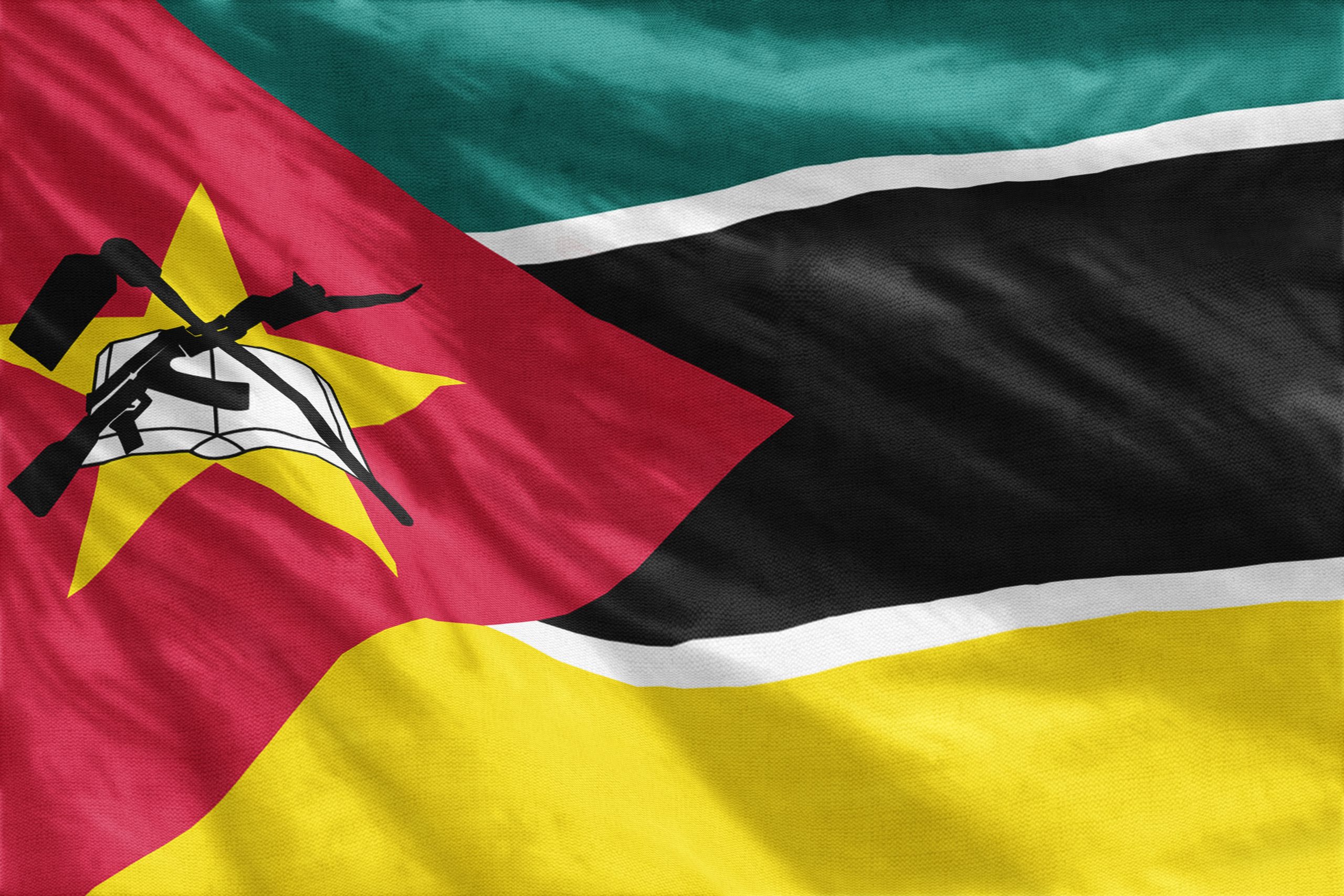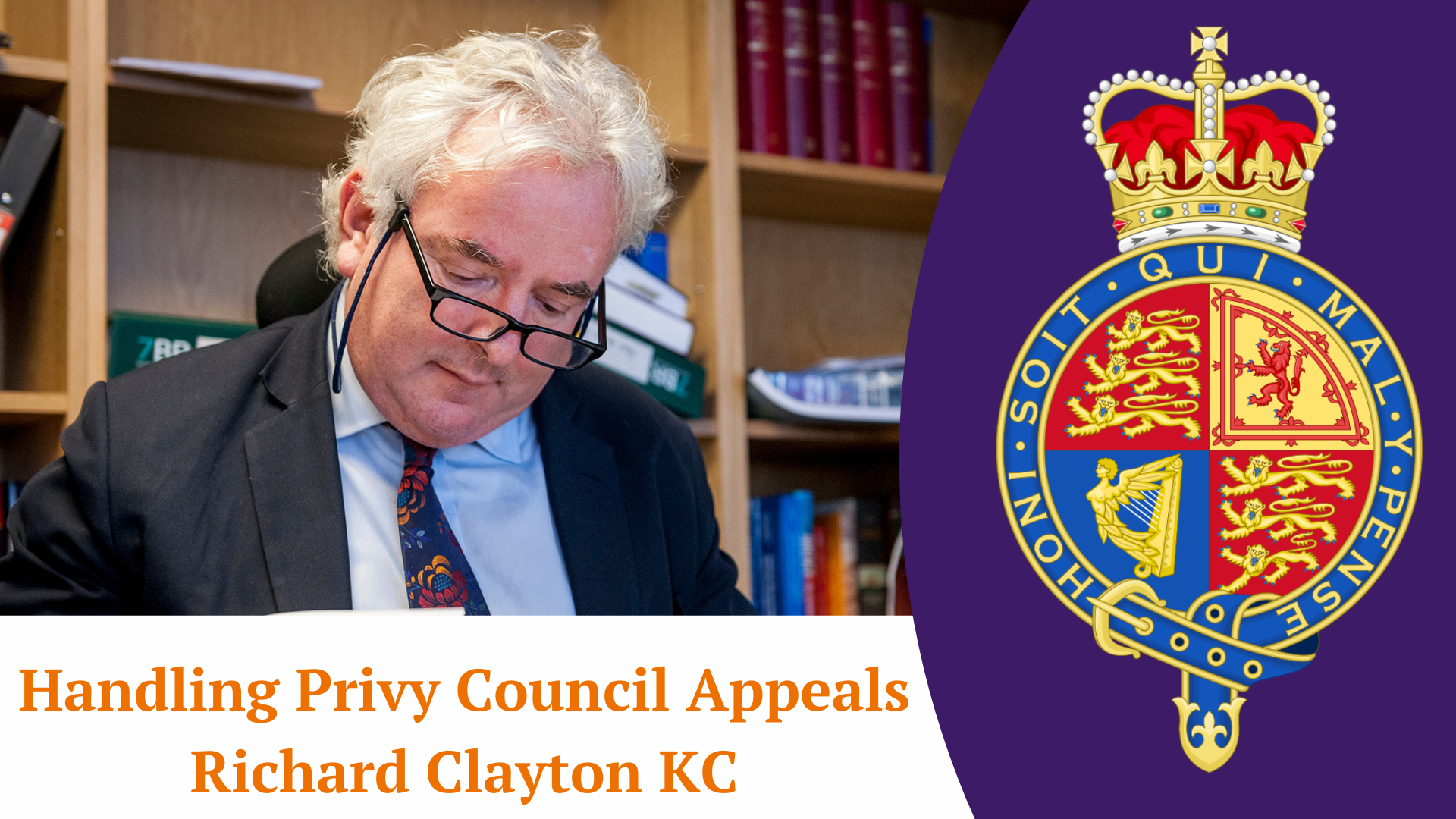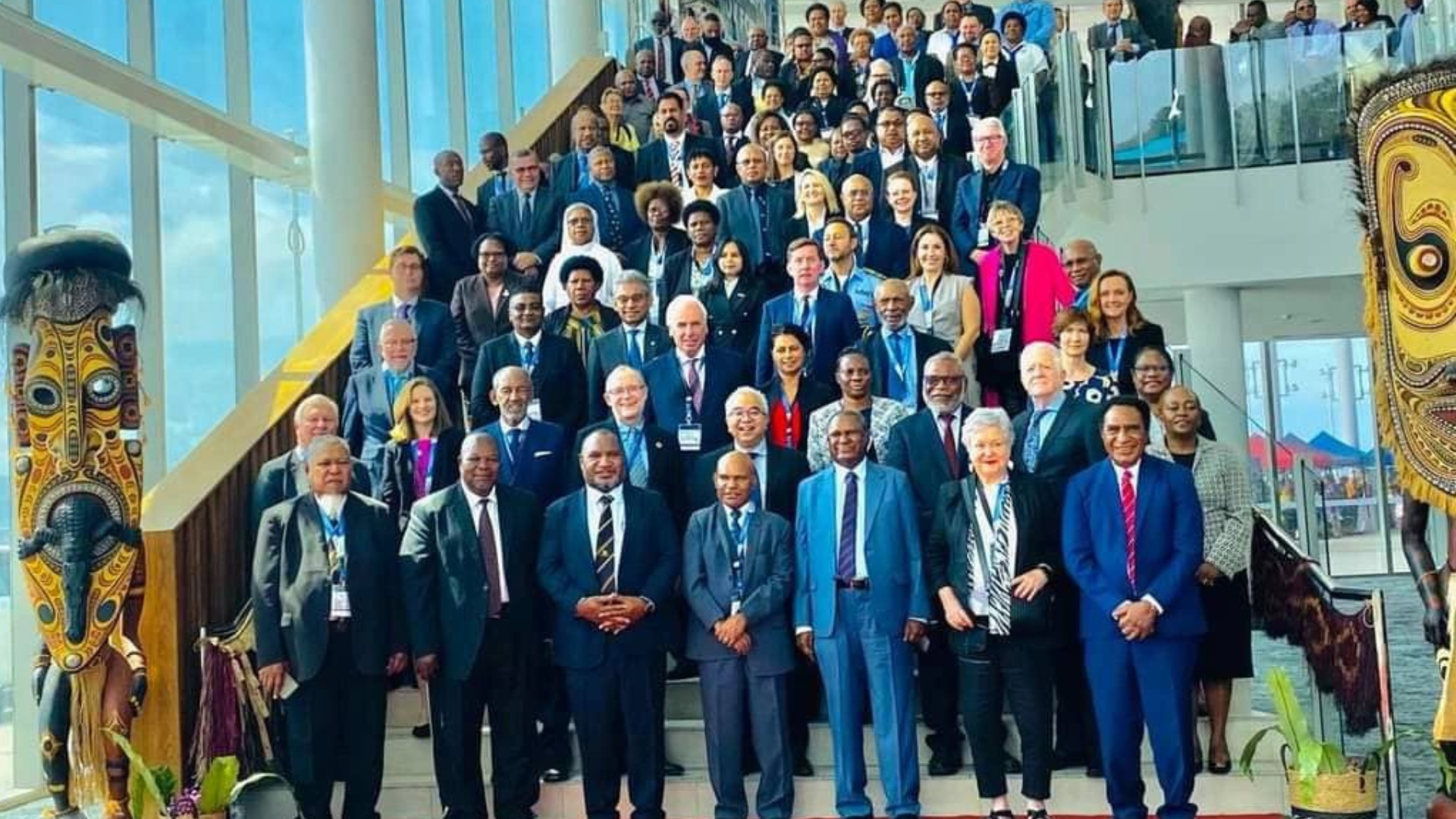When I was President of the Commonwealth Lawyers Association, I visited the Sabah Law Society in Kota Kinabalu. Sabah is one of the three jurisdictions that make up Malaysia. Sabah and Sarawak, one of the other provinces, are located on the northwest of the island of Borneo.
When there in September 2022 I formed the plan that the Commonwealth Lawyers Association jointly with the Sabah Law Society should host an international climate justice conference in Kota Kinabalu. The Borneo Rain Forest Law Conference took place between 26th and 29th February 2024.
It was attended by lawyers from 25 countries. In addition to arranging fascinating speakers dealing with corporate social responsibility, carbon credits and climate mitigation funding mechanisms, I had arranged for a session on mediation for environmental disputes.
A very impressive panel of speakers was involved. I chaired the panel which comprised Lord Carnwath retired Judge of the UK Supreme Court; Gregory Vijayendran, former President of the Law Society of Singapore and a member of the board of the Singapore International Mediation Centre; Mary Walker one of Australia’s leading Mediation Advocates and a highly experienced Environmental Mediator; and Datuk Joy Appukuttan a senior lawyer from Kuala Lumpur.
The session was well attended by delegates. Lord Carnwath described his experience of mediating a dispute involving a controversial land fill site in the Midlands. He described an inclusive process and was pleased that the agreement he helped the parties to reach had been fully implemented. Datuk Joy described the position of mediation in Malaysia and the formation of the Sabah International Arbitration and Mediation Centre. Gregory Vijayendran not only described his experience of multi-party environmental disputes but also clarified the role of the Singapore International Mediation Centre and described the Singapore Convention on the enforcement of Agreements made in mediation. This UN Convention is now ratified by 56 countries including the UK.
Mary Walker gave a fascinating insight into the practical realities of mediating an environmental dispute. These disputes can include issues involving noxious smells or damaging emissions from mining. The pollution of water courses, damage to air quality and the erosion of ground cover can have very significant environmental impacts not just in small urban settlements but in native people’s communities. Such disputes often involve public meetings, public consultation and private discussions between community leaders, developers and state agencies.
The session considered the interesting conceptual issue of whether discussions held in private are ever appropriate in disputes which affect the community at large.
My overall impression is that the process of mediation – which involves gaining trust, establishing a satisfactory process, speaking to people individually and then creating options for consideration and involving all necessary stakeholders – is an appropriate process for environmental disputes.
I returned from the Borneo Rainforest Law Conference fortified again in my belief that mediation is something to be promoted and is entirely suitable, adaptable and flexible for a wide variety of disputes including environmental disputes.
Brian Speers





